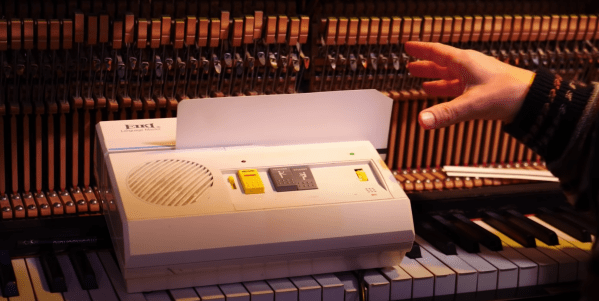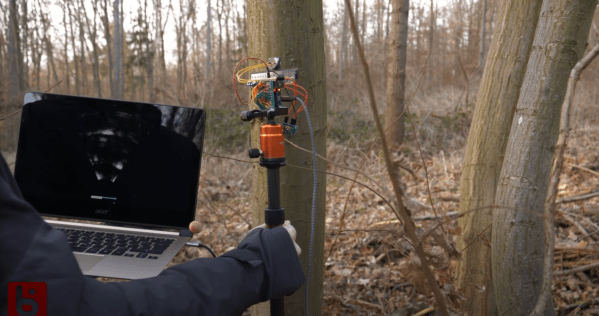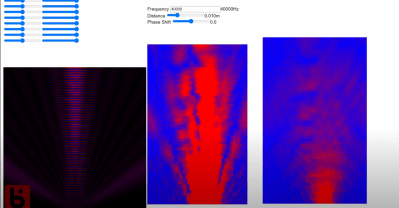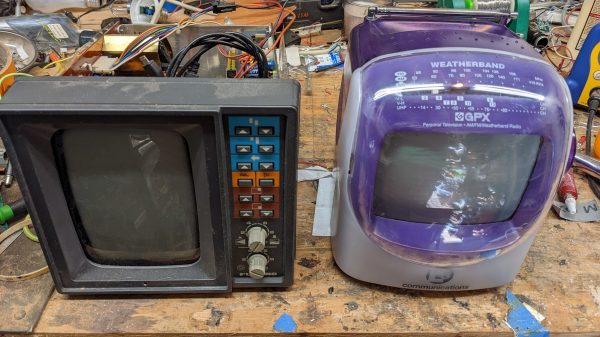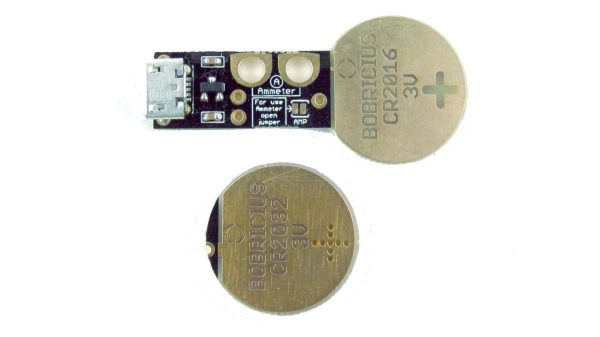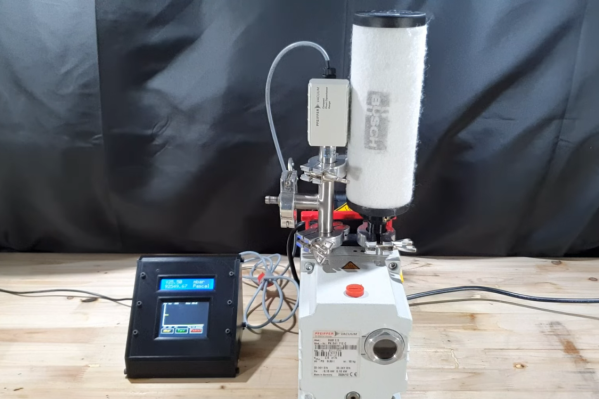If you haven’t heard any lo-fi music yet, it stands for low-fidelity music. Lofi music today is characterized by audio imperfections such as cable noise or tape hiss. To get a pleasantly warm imperfect sound, many artists turn to vintage equipment. [HAINBACH] found an excellent instrument, the obsolete classroom tool known as magnetic card audio recorders.
The basic mechanism of the device is that it reads and writes to the two tracks on the quarter-inch tape fed through it. One track is meant for the teacher and one track is meant for the student. Originally designed to assist language learners, we can see why it would be an ideal source of good lo-fi samples. The microphone and speaker need to be high quality to hear the nuances of the example sentence. [HAINBACH] also admires the general tone and timbre of the device as opposed to just using a cassette recorder.
The tape in question is glued to little plastic cards. With some modification, you can run the card backward, create a loop, or stitch sections together. With multiple machines, you can run the card from one machine directly into another. They were made by several companies and can be found relatively cheap on online auction houses. While we can’t credit [HAINBACH] for coming up with the idea as it was featured in the movie Baby Driver, it’s still an example of an awesome hack.
Magnetic tape has long been a fascination of musical instruments. This Crudman, which is a modern-day interpretation of the much older Mellotron from 1963, is a great example of that.
Video after the break.

